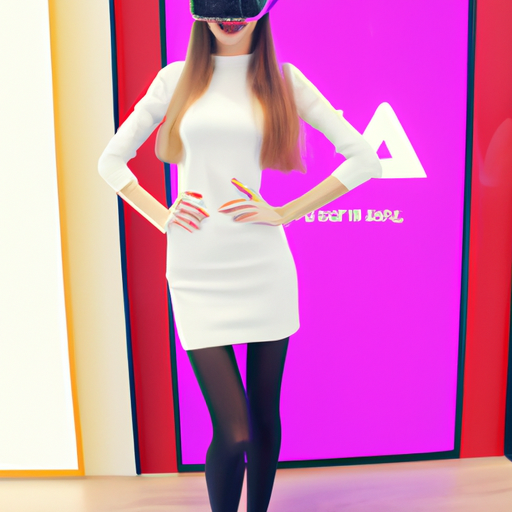In recent years, Augmented Reality (AR) has revolutionized the retail industry by providing immersive shopping experiences that engage customers like never before. As technology continues to evolve, the integration of AR in retail is becoming a game-changer. Here’s how AR is reshaping the retail landscape.
What is Augmented Reality?
Augmented Reality is a technology that overlays digital information, such as images, sounds, or videos, onto the real world through devices such as smartphones or AR glasses. Unlike Virtual Reality (VR), which immerses users in a completely digital environment, AR enhances the real world, providing additional context and interaction.
Benefits of AR in Retail
- Enhanced Customer Experience: AR allows customers to visualize products in their space before making a purchase. For instance, furniture retailers like IKEA offer apps that let users see how a sofa would look in their living room.
- Increased Engagement: Interactive AR applications can create a more engaging shopping experience. Retailers can gamify the shopping process, encouraging customers to explore products and promotions.
- Higher Conversion Rates: By providing a more interactive and informative shopping experience, retailers can significantly improve conversion rates. Customers are more likely to make a purchase when they feel confident about the product placement and quality.
- Personalized Marketing: AR can be used to deliver personalized content to customers based on their preferences and past behaviors, increasing the effectiveness of marketing campaigns.
Examples of Successful AR Implementations
Several major retailers have successfully integrated AR into their shopping experiences:
- Sephora: The beauty retailer uses AR to allow customers to try on makeup virtually. This innovative feature enables customers to experiment with different looks without the need for physical application.
- Lowe’s: The home improvement giant has rolled out an AR app to help customers with home projects. The app guides users through DIY tasks while visualizing how products will fit into their homes.
- Nike: In their stores, Nike utilizes AR to create an engaging shopping experience where customers can scan products to unlock exclusive content and deals.
The Future of AR in Retail
The potential for AR in retail is vast and growing. As technology advances, we can expect to see more retailers adopting AR solutions, leading to even more innovative applications in product visualization, customer engagement, and personalized experiences. Integrating AR with other technologies like Artificial Intelligence (AI) could further enhance retail strategies and personalize shopping experiences.
Conclusion
Augmented Reality is not just a passing trend; it is a substantial evolution in how retailers interact with customers. By embracing AR, retailers can enhance customer experiences, increase engagement and conversion rates, and ultimately drive sales. As we move forward, investing in AR technology could be the key to staying competitive in the rapidly changing retail landscape.
For retailers looking to thrive in today’s market, the question is no longer if they should integrate AR into their business, but when. The future of retail is an immersive one, and it starts with Augmented Reality.




